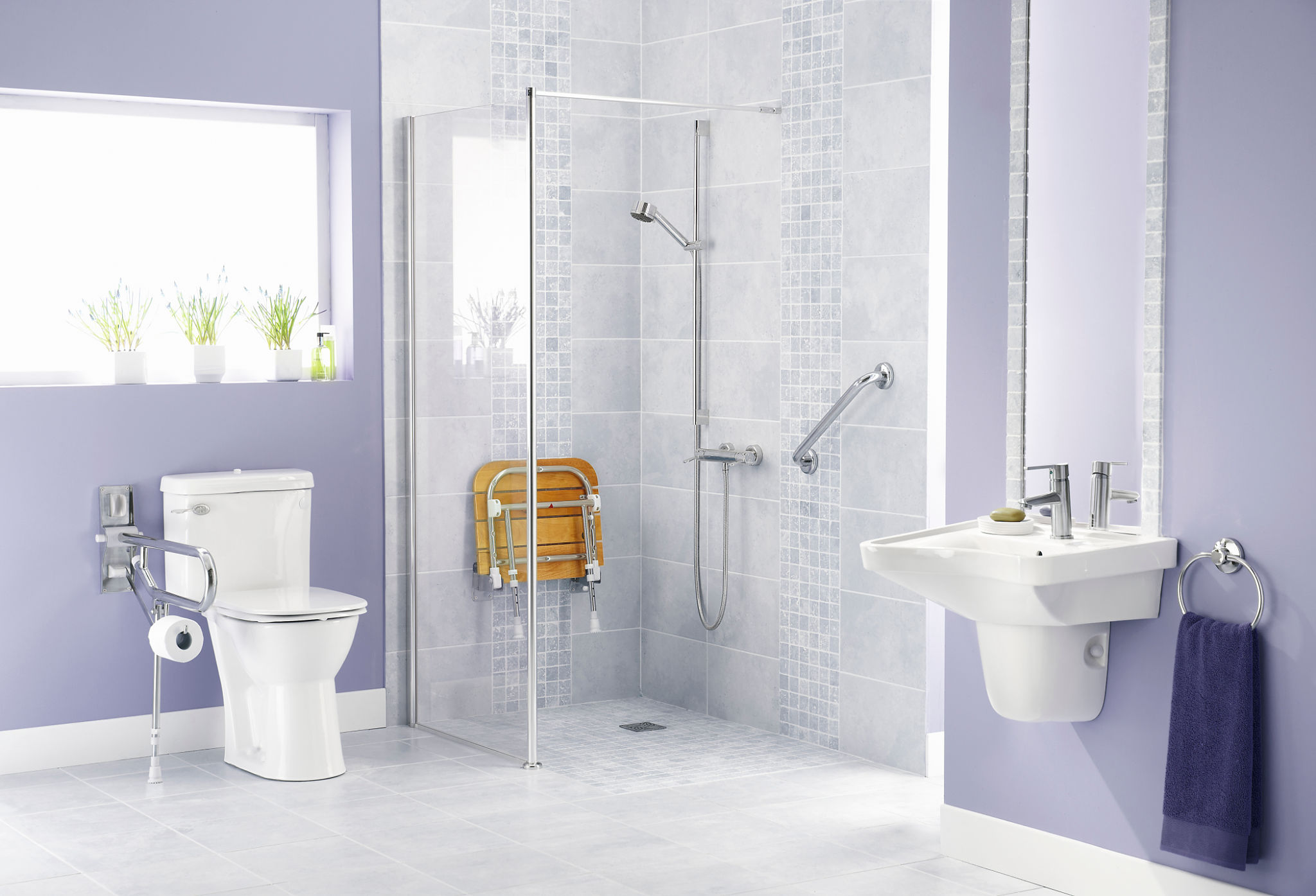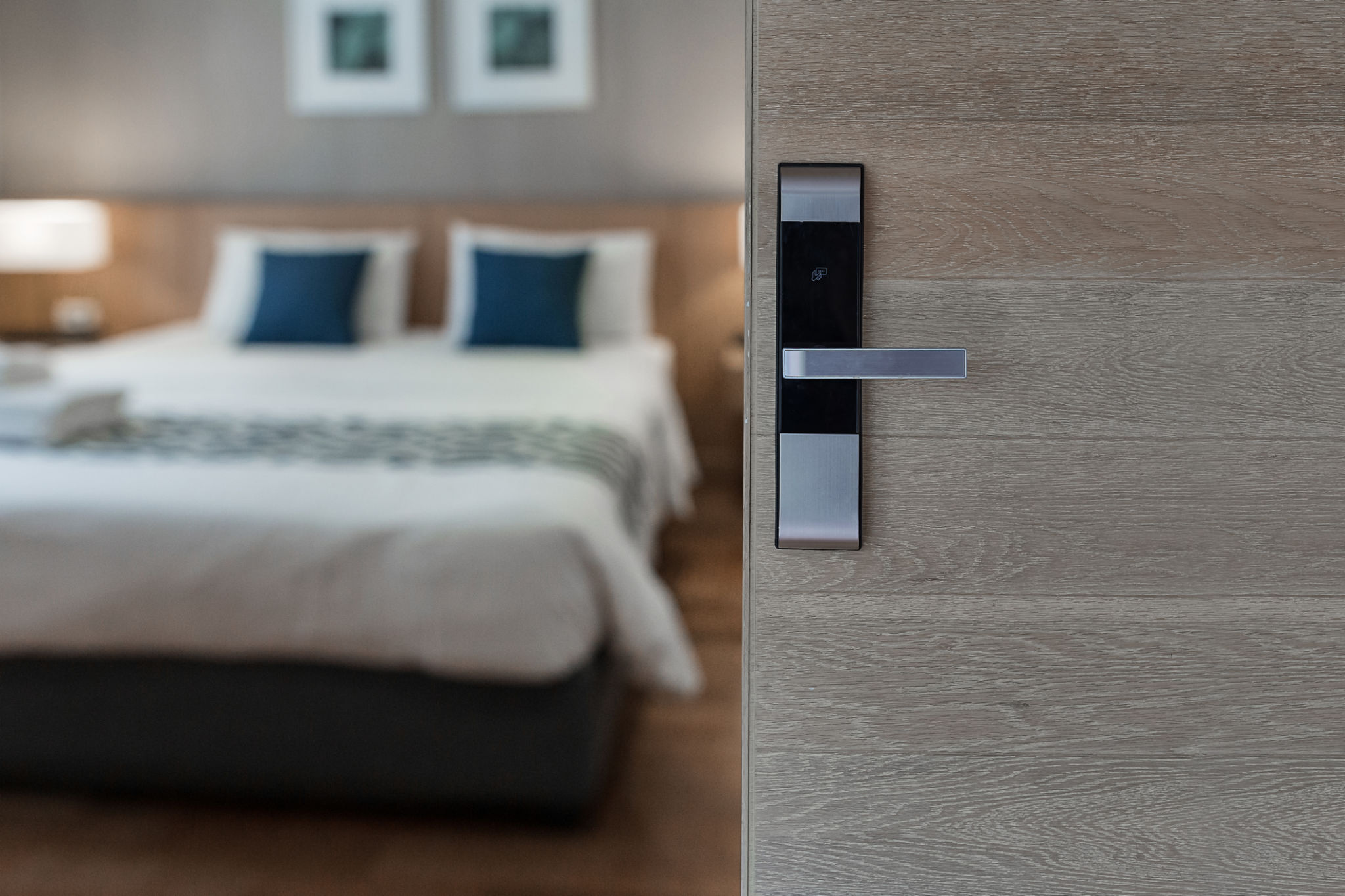How to Make Your Home Safer for Seniors: A Room-by-Room Guide
DH
Living Room Safety
Ensuring the living room is safe is crucial as it's a space where seniors spend a significant amount of time. Start by eliminating tripping hazards, such as loose rugs or clutter on the floor. Consider using non-slip mats or tape to secure rugs in place.
Invest in furniture with rounded edges to prevent injuries and ensure there is ample lighting. Using brighter bulbs or adding extra lamps can help improve visibility. Additionally, make sure all electrical cords are tucked away to prevent falls.

Bathroom Safety
The bathroom can be particularly hazardous for seniors due to slippery surfaces. Install grab bars in the shower and near the toilet to provide support. A non-slip mat in the bathtub or shower is essential to prevent falls.
Consider replacing traditional bathtubs with walk-in showers for easier access. A handheld showerhead can also make bathing safer and more convenient for seniors.

Safe Toiletries and Storage
Store toiletries at an accessible height to avoid unnecessary bending or stretching. Ensure that cabinets and drawers open smoothly and are easy to reach. Keeping frequently used items within arm's reach can help prevent accidents.
Kitchen Safety
The kitchen is another area that requires careful attention. Start by ensuring that commonly used items are stored at waist height to minimize reaching and bending. Consider installing pull-out shelves for easier access.
Ensure all appliances are in good working condition and easy to operate. Clearly label appliance controls and ensure they are simple to understand.

Fire Safety Measures
Install smoke detectors and test them regularly to ensure they are functioning correctly. Having a fire extinguisher within reach is also advisable. Educate seniors about fire safety protocols and ensure they know how to use the extinguisher if needed.
Bedroom Safety
The bedroom should be a safe haven for seniors. Ensure the bed is at an appropriate height, not too high or too low, so that getting in and out is easy. Bed rails can also provide additional support if needed.
Avoid clutter in the bedroom and use nightlights to illuminate the path to the bathroom at night. This can significantly reduce the risk of falls during nighttime trips.

Hallway and Stair Safety
Hallways and stairs require careful attention to prevent accidents. Ensure that all stairs have sturdy handrails on both sides for added support. Consider installing stairlifts if stairs become challenging to navigate.
Keep hallways clear of obstacles and ensure they are well-lit. Motion-sensor lights can be particularly useful for illuminating dark hallways or staircases.
Regular Safety Checks
Conduct regular safety checks throughout the home to ensure it remains a safe environment for seniors. Regularly assess the condition of furniture, lighting, and other key areas. Being proactive in identifying potential hazards can help prevent accidents before they occur.
